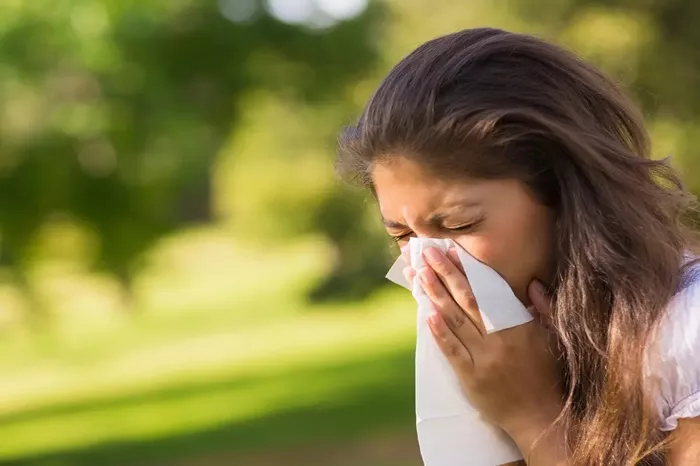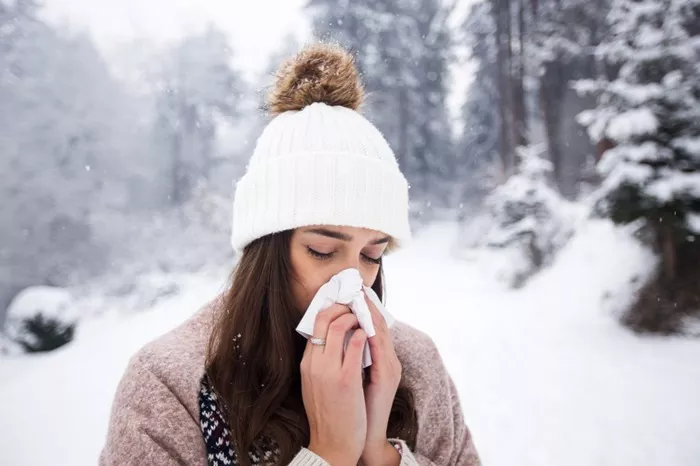As the chilly winds of winter give way to the gentle warmth of spring, many of us eagerly anticipate the blossoming flowers and vibrant colors that come with the season. However, for individuals prone to seasonal allergies, spring can also bring about a slew of unpleasant symptoms such as sneezing, itching, and congestion. Fortunately, there are several proactive measures you can take to minimize your exposure to allergens and alleviate the discomfort associated with spring allergies. In this comprehensive guide, we will delve into the various strategies for preventing spring allergies, ranging from environmental modifications to lifestyle adjustments and medical interventions.
Understanding Spring Allergies
Before delving into prevention strategies, it’s essential to understand the underlying mechanisms of spring allergies. Spring allergies, also known as seasonal allergic rhinitis or hay fever, are primarily triggered by airborne pollen from trees, grasses, and weeds. When individuals with allergic sensitivities inhale pollen particles, their immune systems mount an exaggerated response, leading to the release of histamines and other inflammatory substances. This immune reaction results in the hallmark symptoms of allergies, including sneezing, nasal congestion, itching, and watery eyes.
The timing and severity of spring allergies vary depending on geographical location and local plant species. In temperate regions, tree pollen typically emerges in early spring, followed by grass pollen in late spring and early summer. Consequently, individuals may experience allergic symptoms intermittently throughout the spring season, peaking during periods of high pollen counts.
1. Monitor Pollen Levels
One of the most effective ways to prevent spring allergies is to stay informed about pollen levels in your area. Many weather websites, apps, and local health departments provide daily pollen forecasts, indicating the concentration of pollen grains in the air. By checking these forecasts regularly, you can anticipate days with high pollen counts and take appropriate precautions to minimize exposure.
During days when pollen levels are elevated, consider adjusting your outdoor activities accordingly. Limiting outdoor exposure during peak pollen hours, typically in the early morning and late afternoon, can significantly reduce your risk of allergen exposure. If outdoor activities are unavoidable, wearing a pollen mask or sunglasses can provide some protection by reducing the inhalation of pollen particles and preventing them from coming into contact with your eyes.
2. Keep Windows Closed
While it may be tempting to open windows and let in the fresh spring air, doing so can invite pollen and other allergens into your home. To create a pollen-free sanctuary, keep windows and doors closed, especially during periods of high pollen activity. Instead, rely on air conditioning systems equipped with HEPA filters to circulate and purify indoor air. Regularly replacing air filters and cleaning air ducts can further enhance indoor air quality and alleviate allergy symptoms.
In addition to keeping windows closed, consider investing in allergen-proof bedding covers to create a barrier against dust mites and other indoor allergens. Washing bedding in hot water weekly can also help eliminate allergen buildup and promote a restful sleep environment for allergy sufferers.
3. Practice Allergen Avoidance
In addition to pollen, spring allergies can be triggered by other environmental allergens such as mold spores and pet dander. To minimize exposure to these allergens, adopt proactive measures to maintain a clean and allergen-free living space. Regularly vacuuming carpets, upholstery, and curtains with a vacuum cleaner equipped with a HEPA filter can effectively remove allergen particles trapped in fabrics.
Furthermore, controlling indoor humidity levels can help prevent mold growth, a common allergen in damp environments. Use a dehumidifier in areas prone to moisture buildup, such as basements and bathrooms, and promptly repair any leaks or water damage to prevent mold proliferation.
If you have pets, bathe them regularly to reduce the accumulation of dander, saliva, and other allergenic substances on their fur. Additionally, designate pet-free zones within the home, such as bedrooms and upholstered furniture, to minimize allergen exposure for sensitive individuals.
4. Practice Nasal Irrigation
Nasal irrigation, also known as nasal lavage or saline nasal rinsing, is a simple yet effective technique for relieving nasal congestion and reducing allergen exposure. By flushing out nasal passages with a saline solution, nasal irrigation helps remove mucus, allergens, and irritants, thereby alleviating symptoms of allergic rhinitis.
To perform nasal irrigation, you will need a saline solution and a nasal irrigation device such as a neti pot or squeeze bottle. Fill the device with lukewarm saline solution (ideally distilled or sterile water mixed with salt), tilt your head to the side over a sink, and gently pour the saline solution into one nostril while breathing through your mouth. Allow the solution to flow through your nasal passages and out of the opposite nostril, then repeat the process on the other side.
Nasal irrigation can be performed daily or as needed to maintain nasal hygiene and alleviate allergy symptoms. However, it’s essential to use sterile or properly prepared saline solution to avoid introducing harmful bacteria or pathogens into the nasal passages.
5. Consider Allergy Medications
For individuals with persistent or severe spring allergies, over-the-counter or prescription allergy medications may be necessary to manage symptoms effectively. Antihistamines, such as loratadine, cetirizine, and fexofenadine, work by blocking the action of histamine, a key mediator of allergic reactions, thereby reducing symptoms such as sneezing, itching, and runny nose.
Nasal corticosteroids, such as fluticasone and mometasone, are another option for managing allergic rhinitis symptoms. These medications work by reducing inflammation in the nasal passages, leading to decreased nasal congestion and improved airflow. Nasal corticosteroids are typically available as nasal sprays and may take several days to achieve optimal effectiveness.
In cases of severe or uncontrolled allergies, allergists may recommend immunotherapy, also known as allergy shots or sublingual immunotherapy (SLIT). Immunotherapy involves administering gradually increasing doses of allergens to desensitize the immune system and reduce allergic reactions over time. While immunotherapy requires a significant time commitment and regular medical supervision, it can provide long-term relief for individuals with persistent allergies.
6. Maintain Good Hygiene Practices
Practicing good hygiene habits can help reduce allergen exposure and minimize the risk of allergic reactions. Washing hands frequently, especially after outdoor activities, can remove pollen and other allergens from the skin and prevent them from being transferred to the eyes, nose, and mouth. Additionally, showering and changing clothes after spending time outdoors can help remove pollen particles trapped in hair and clothing, reducing indoor allergen levels.
When performing outdoor chores such as gardening or lawn mowing, wearing a pollen mask and gloves can provide protection against allergens and minimize skin contact with irritants. After completing outdoor tasks, promptly shower and launder clothing to prevent pollen and other outdoor allergens from being carried indoors.
7. Consult with an Allergist
If your allergy symptoms persist despite preventive measures and over-the-counter medications, consider consulting an allergist for personalized evaluation and treatment. Allergists can conduct allergy testing to identify specific triggers and develop a tailored treatment plan, which may include immunotherapy for long-term symptom management.
Conclusion
Spring allergies need not dampen your enjoyment of the season. By implementing proactive measures to minimize allergen exposure, adopting healthy lifestyle habits, and seeking appropriate medical guidance when needed, you can effectively prevent and manage spring allergy symptoms. With careful planning and diligence, you can embrace the beauty of spring with ease and comfort.
[inline_related_posts title=”You Might Be Interested In” title_align=”left” style=”list” number=”6″ align=”none” ids=”6070,6067,6056″ by=”categories” orderby=”rand” order=”DESC” hide_thumb=”no” thumb_right=”no” views=”no” date=”yes” grid_columns=”2″ post_type=”” tax=””]
































